In 1896, Alice Austen (1866-1952) documented everyday life on the streets of New York City by wandering around and snapping photographs of ordinary people with her camera. She took photos of the street sweepers, cab drivers, police officers, postal workers, organ grinders, newspaper girls and boys, and several different vendors selling various products.
Alice became fascinated with photography when her uncle Oswald brought home a camera when she was around ten years old. Another uncle, Peter Austen, a chemistry professor at Rutgers, taught her to process the photographs.
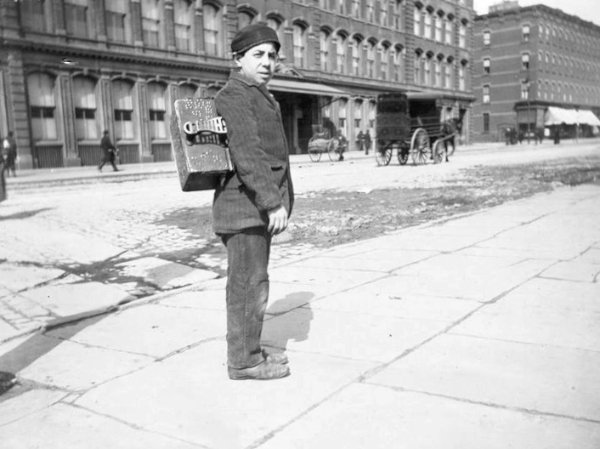
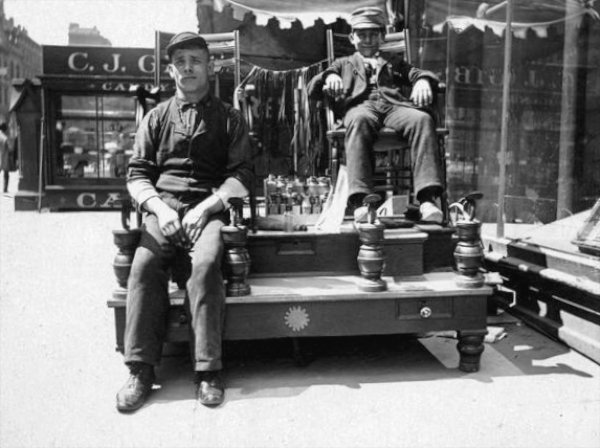
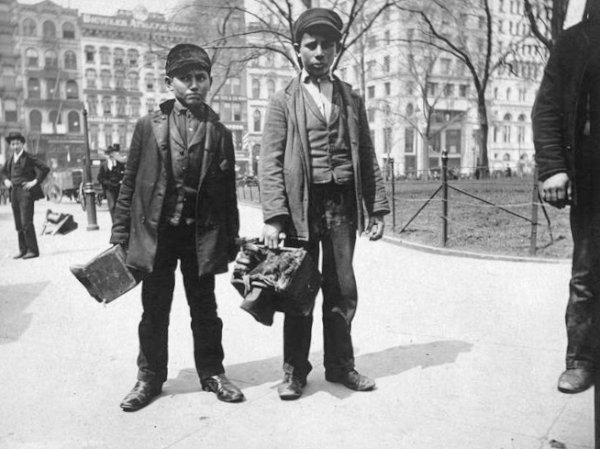
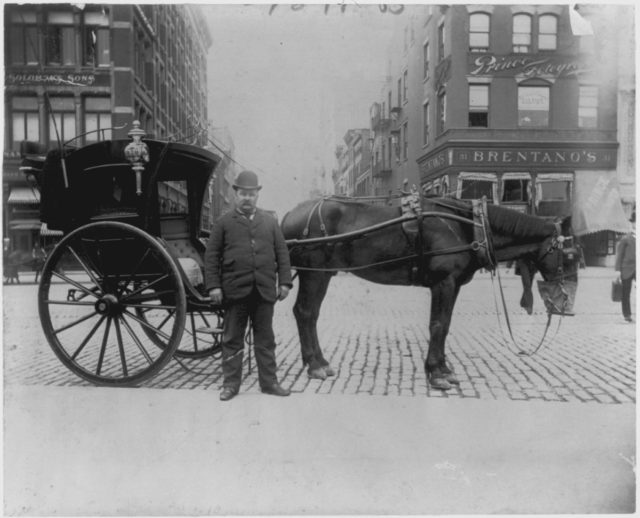
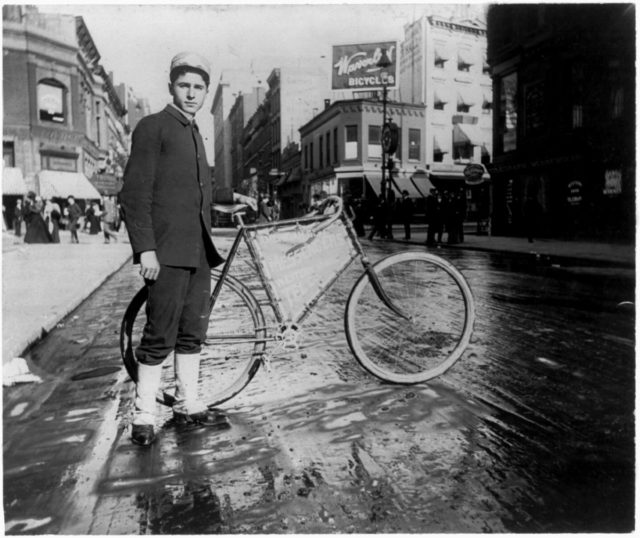
Austen’s primary subject was the daily life of the people of New York City. Her photos portrayed lower-class citizens living in New York’s Lower East Side, and upper middle-class society on Staten Island.
The earliest surviving photograph taken by her is dated 1884. Over the next 40 years, she produced approximately 8,000 photographs. She took many photos of immigrants that perfectly portrayed their moments of anxious hesitation and bemused curiosity.
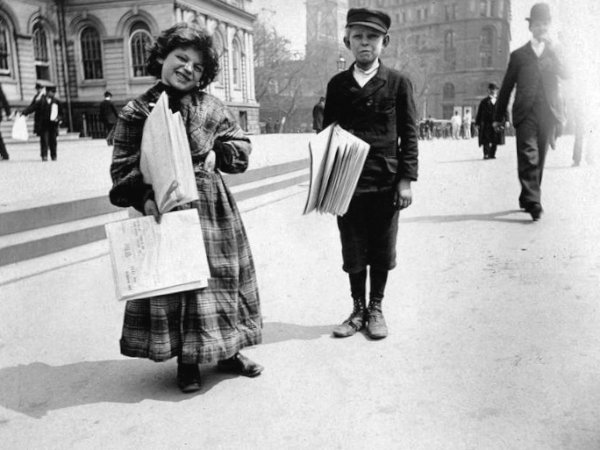
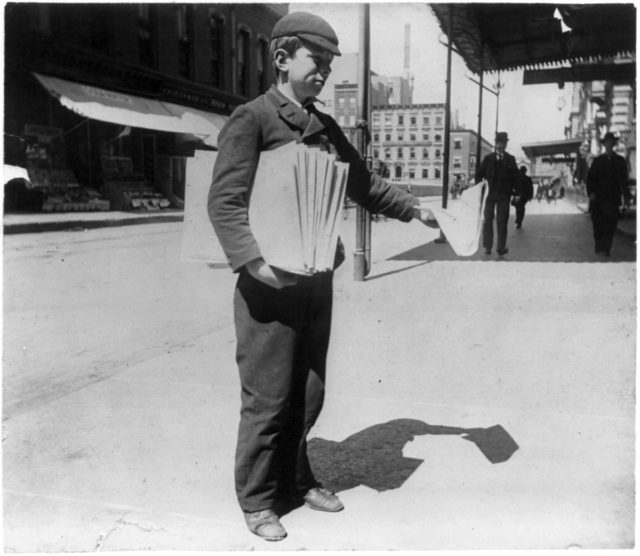
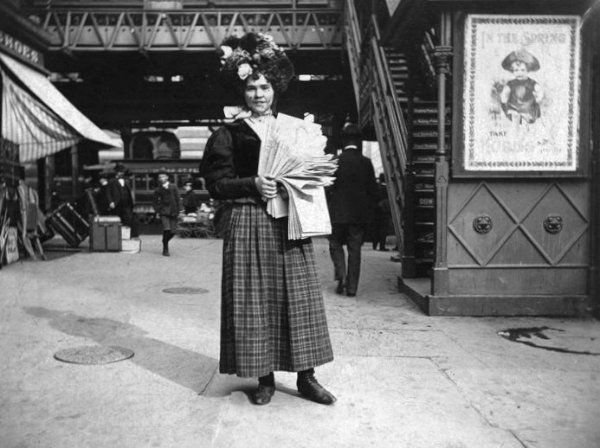
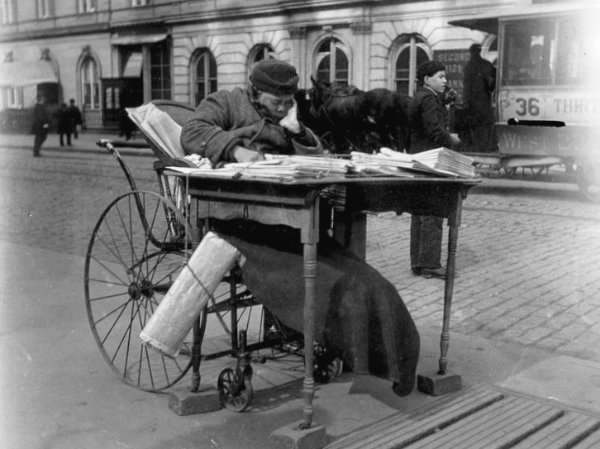
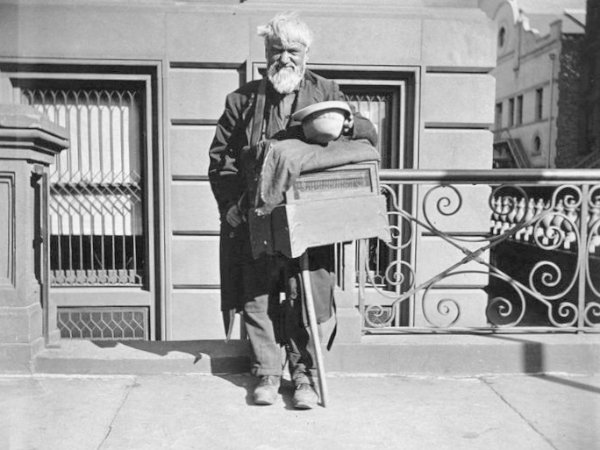
Alice met Gertrude Amelia Tate (1871–1962) in 1899. Tate was from Brooklyn, New York, and was employed as a dance instructor and a teacher for kindergarten children. Gertrude was a regular visitor to Staten Island to see Alice, and they often vacationed in Europe together.
She moved in with Alice in 1917 and became her companion for life, despite her family’s concerns about the relationship.
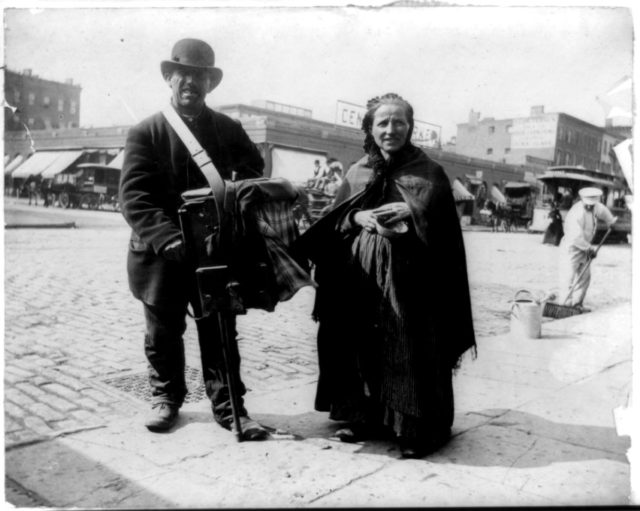
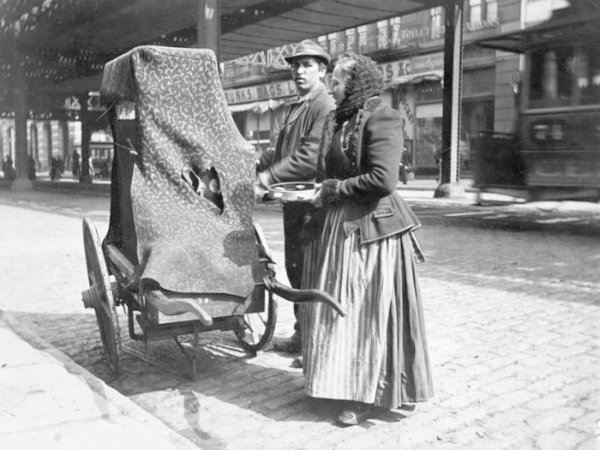
Alice made ends meet with the interest from an inheritance left by her grandfather, but the money all vanished in 1929 on Black Tuesday during the Wall Street Crash. By age 63, she was penniless and began selling her furniture, artworks, and silver so that she could buy groceries and fuel. She then had to refinance her house, but because she was unable to make the payments, the house was repossessed by the bank in 1945. Her remaining possessions were sold to a second-hand dealer from New Jersey for the paltry sum of six hundred dollars.
Continues below
Alice called her friend from the Staten Island Historical Society, Loring McMillen, to come and pick up her photos. He stored them in the Third County Courthouse archives in Richmondtown. She moved around a bit and then finally entered a nursing home.
She declared bankruptcy on June 24, 1950, and was admitted to Staten Island’s poorhouse, the New York City Farm Colony.
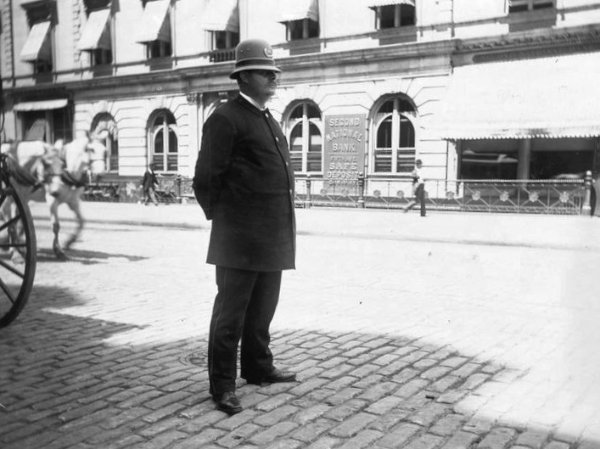
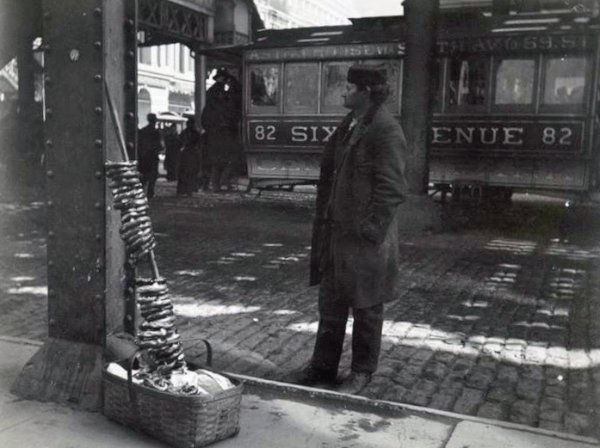
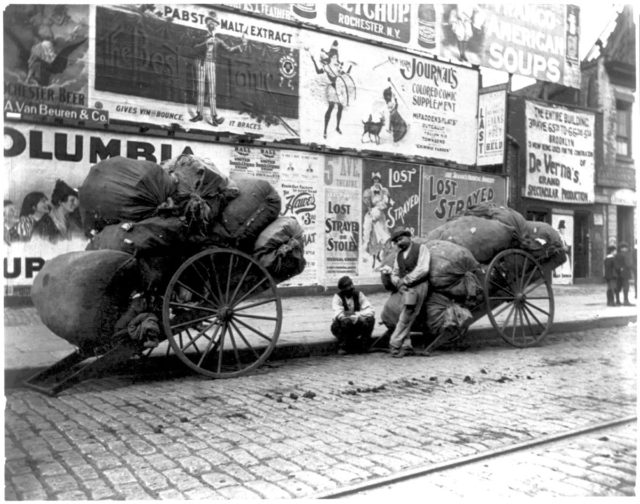
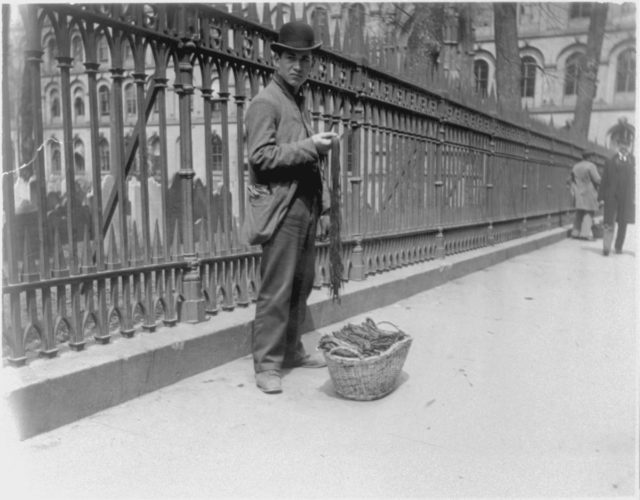
In 1950, the publishing company Picture Press contacted C. Copes Brinley of the Staten Island Historical Society about unpublished photographs for a project they were doing concerning the history of American women.
Of the roughly 8,000 pictures she took, the archives had 3,500 undocumented Austen plate negatives.
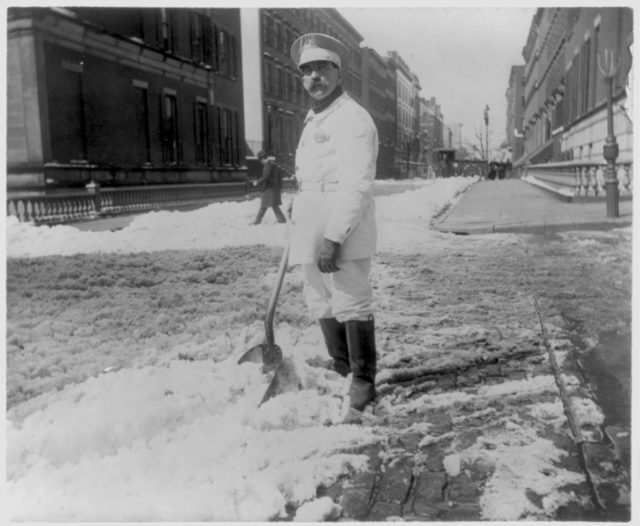
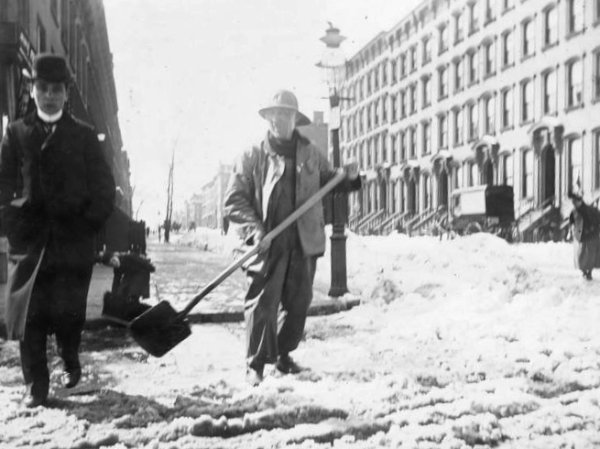
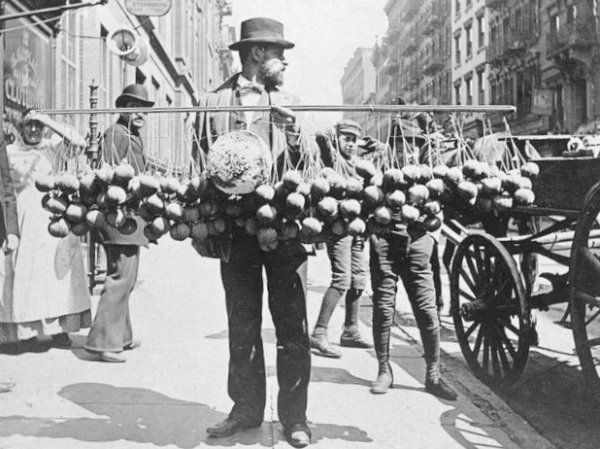
Constance Robert, a young researcher, met with Brinley and McMillen in October 1950 to have a look at the images. Oliver Jensen, a staff member of Life magazine, went to view the photos on the next trip and published several of the photos in his book The Revolt of American Women.
Jensen wrote an eight-page story about Austen in Life magazine and also published six pages of the travel photos in Holiday Magazine.
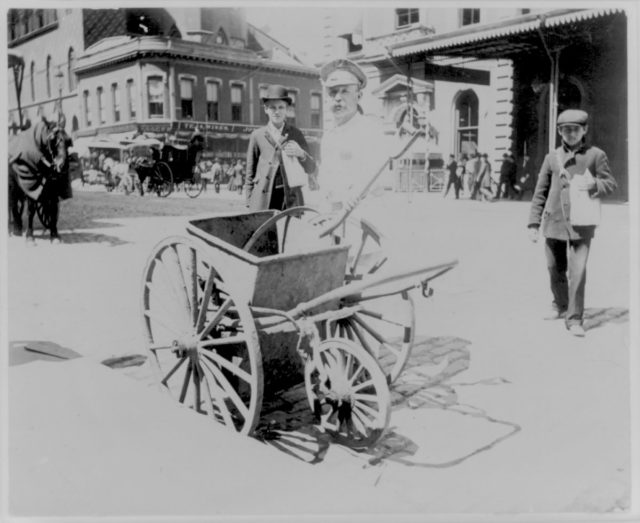
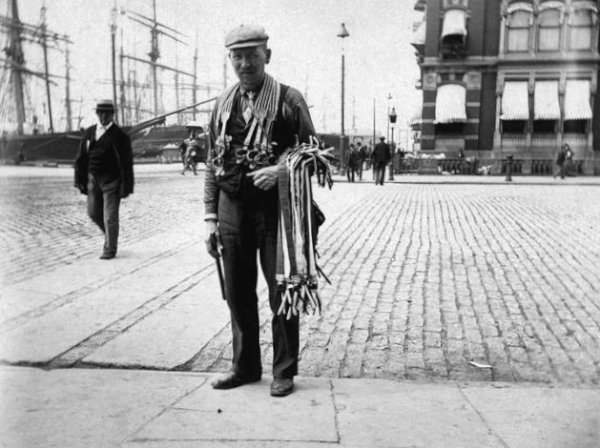
The proceeds from these publications amounted to more than $4,000 for Alice Austen’s share, and she was able to leave the Farm Colony and take a room in a private nursing home. She was the guest of honor on October 9, 1951, at the first Alice Austen Day, which featured an exhibition of her photographs.
To all of the guests that were there, she said that she was so glad that what once pleased her so much has now turned out to be a pleasure for so many other people.
